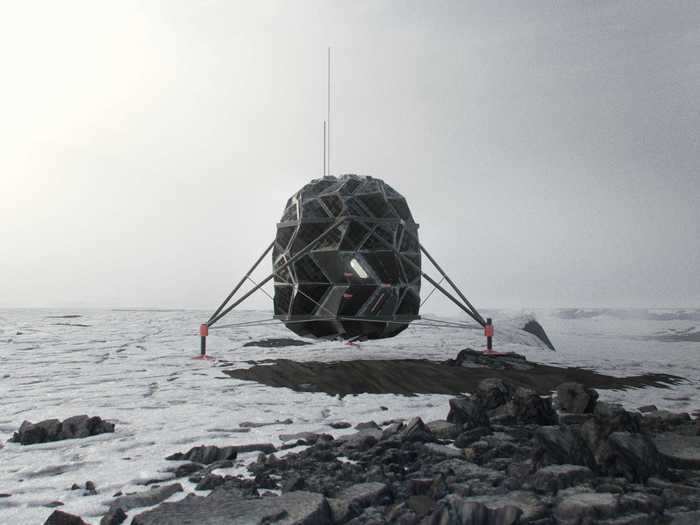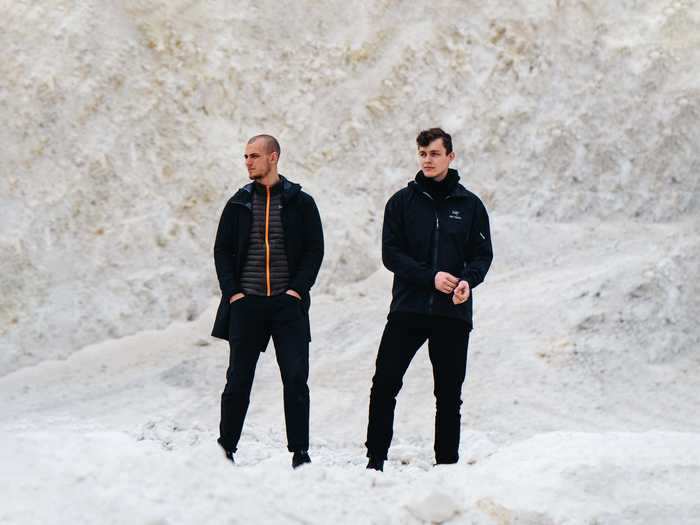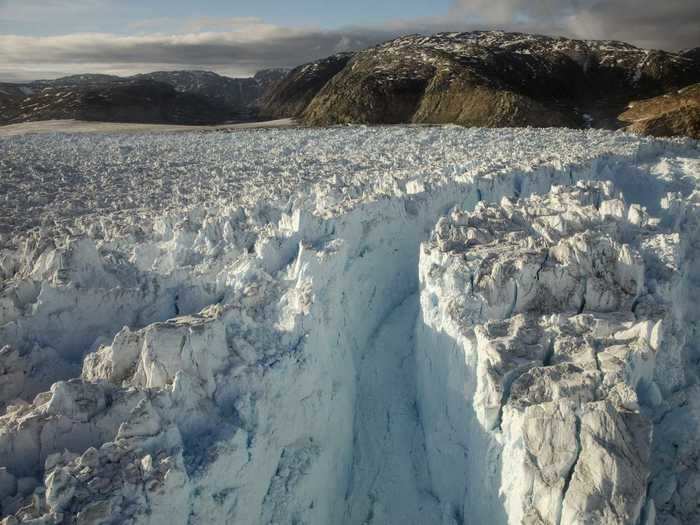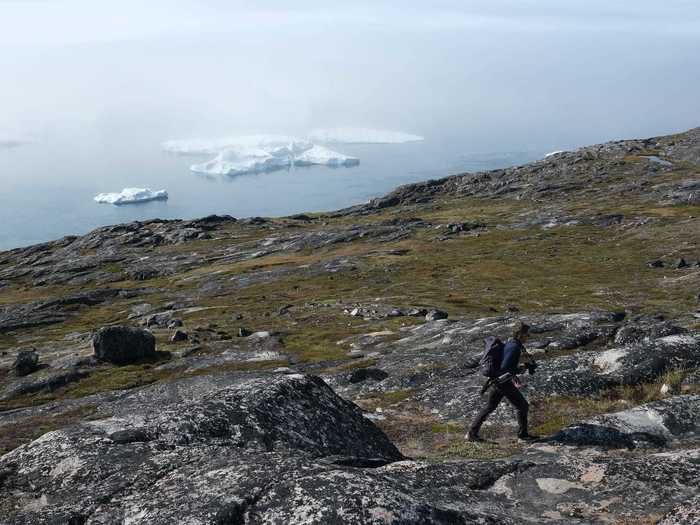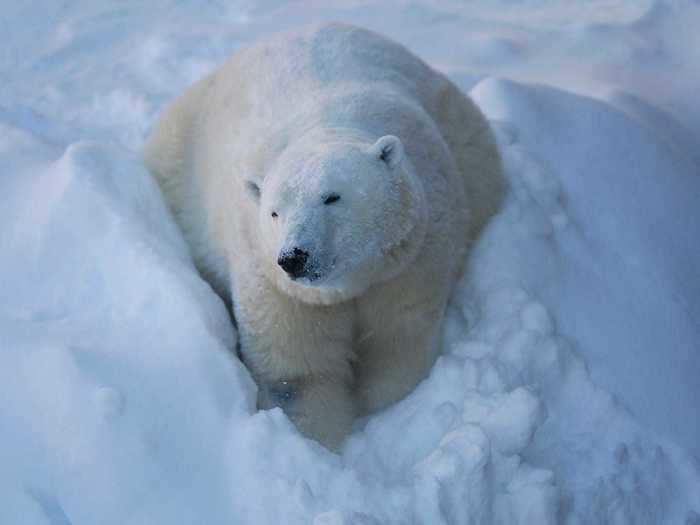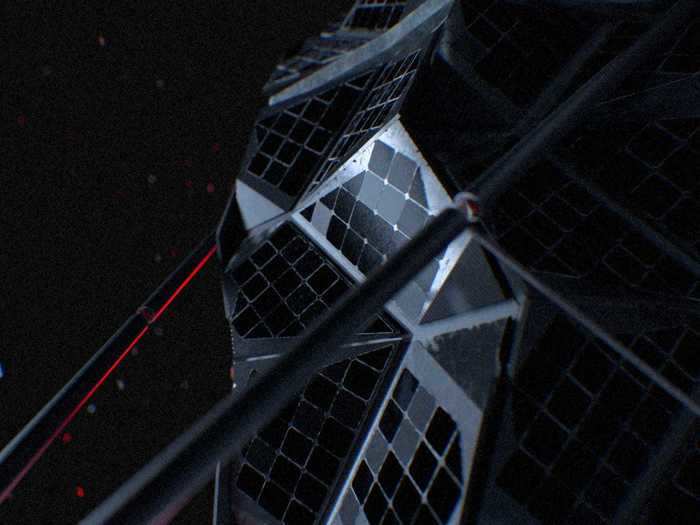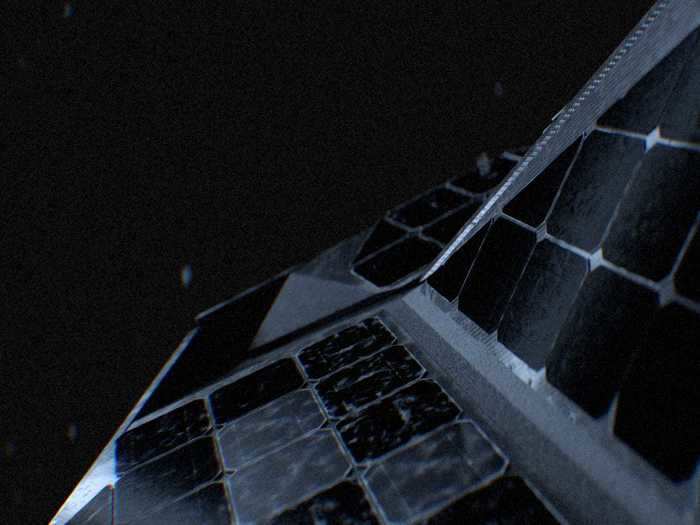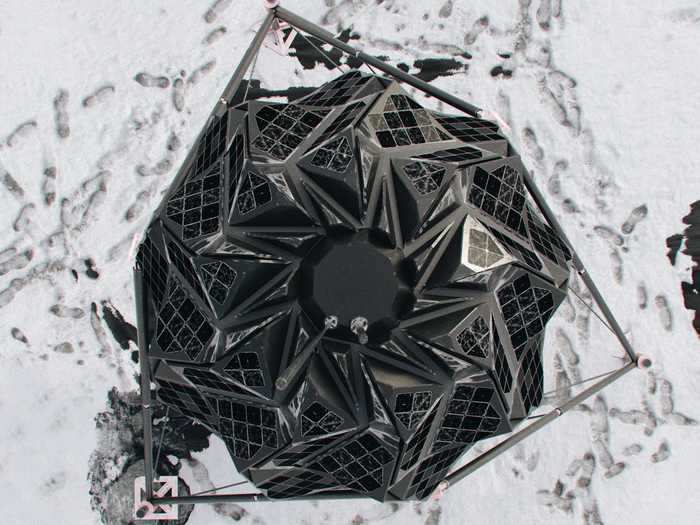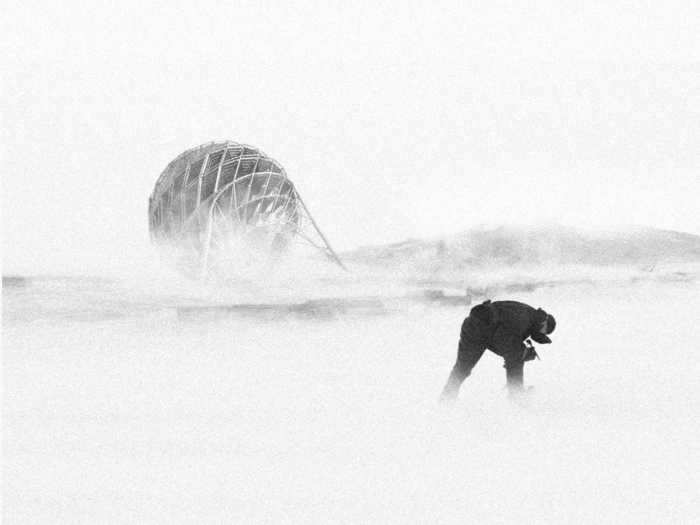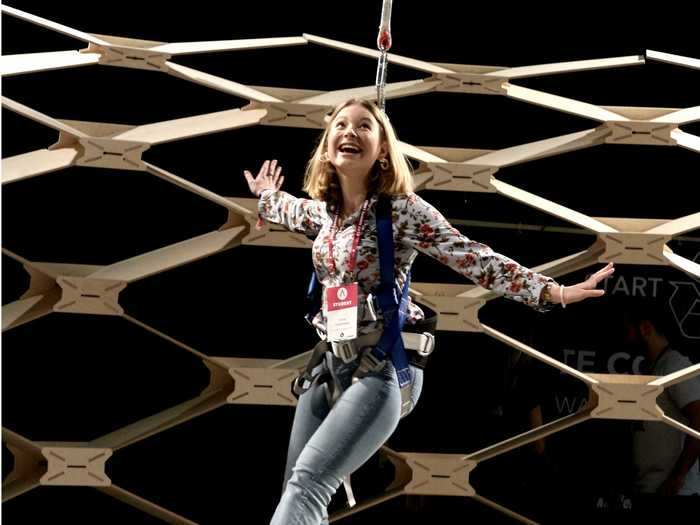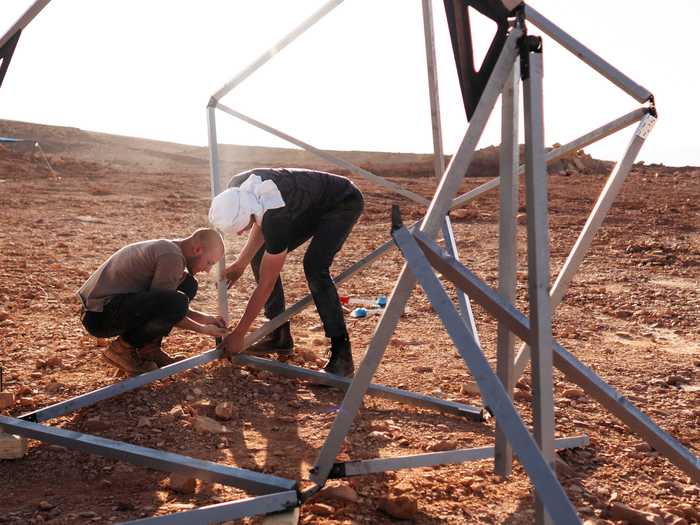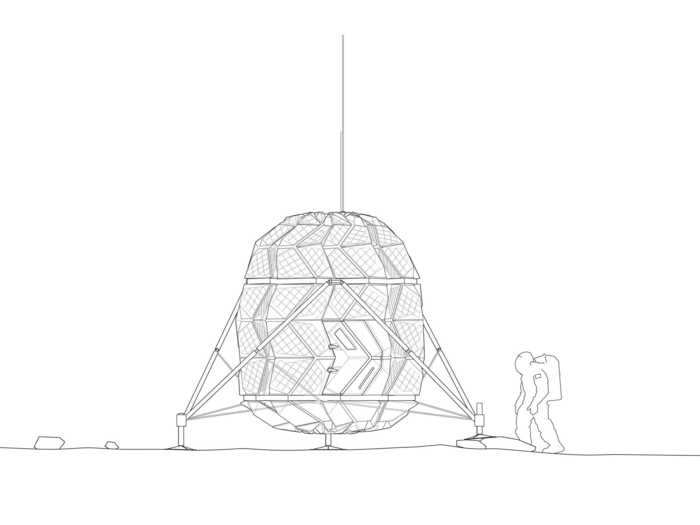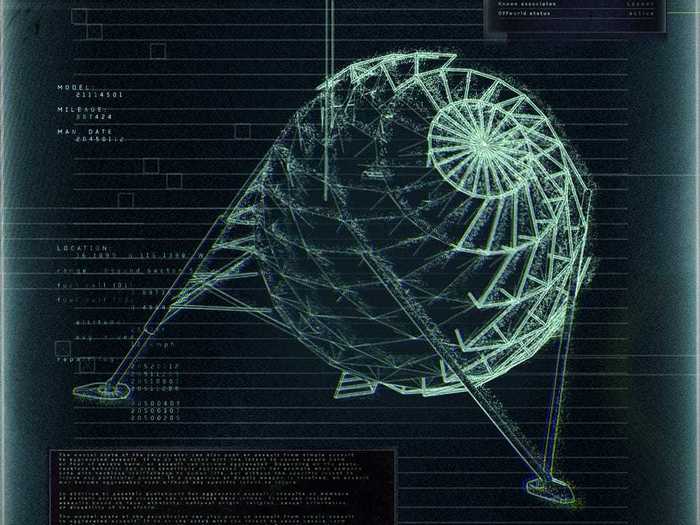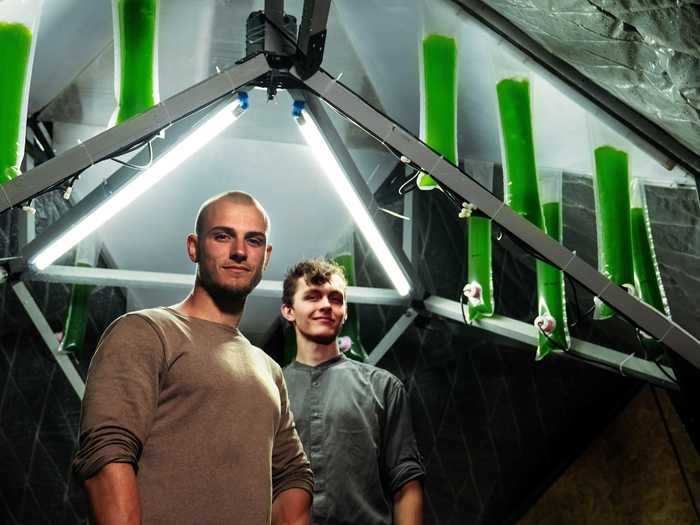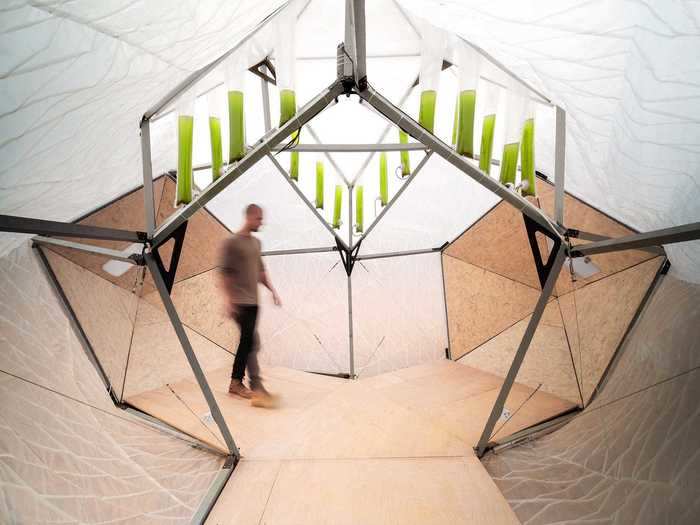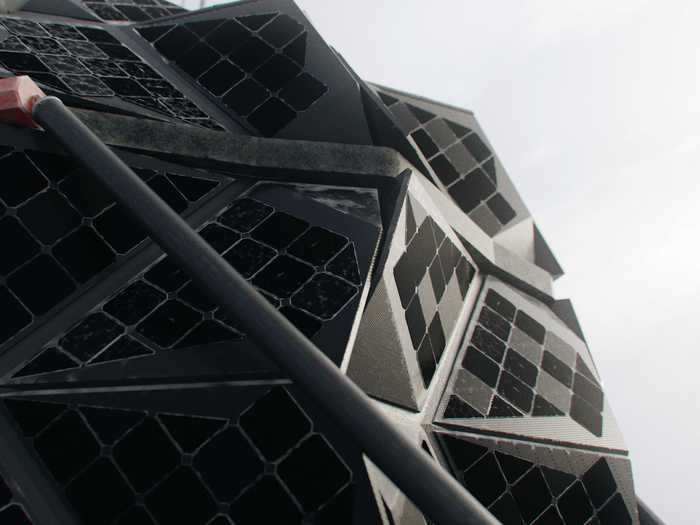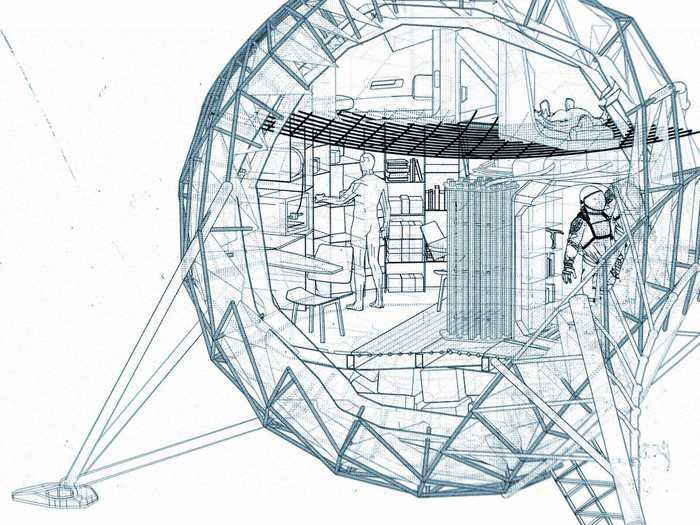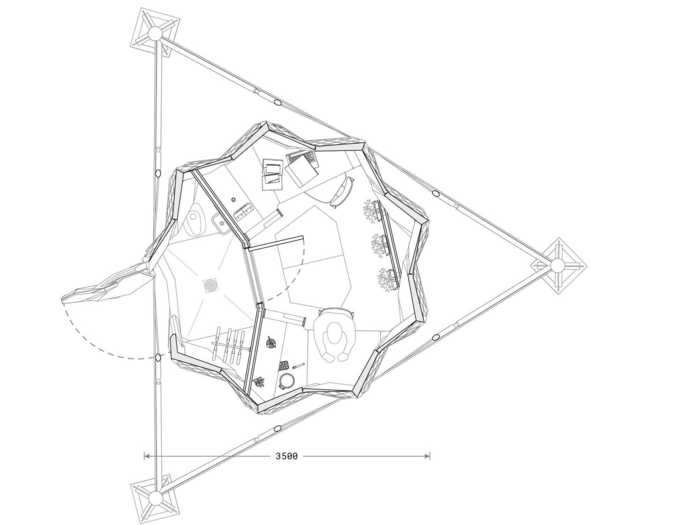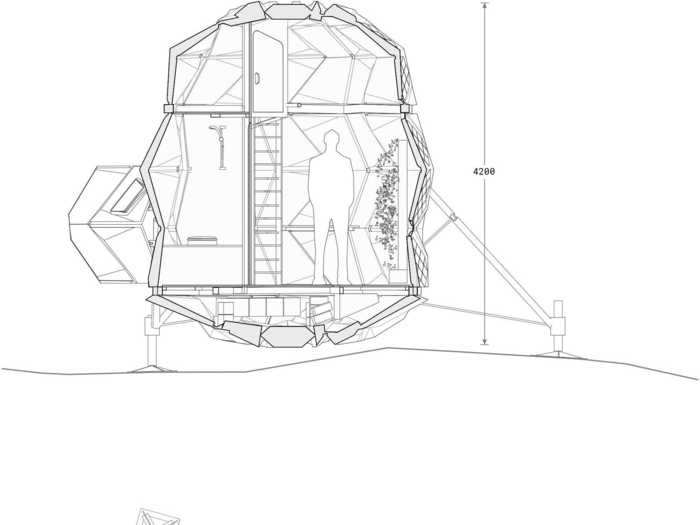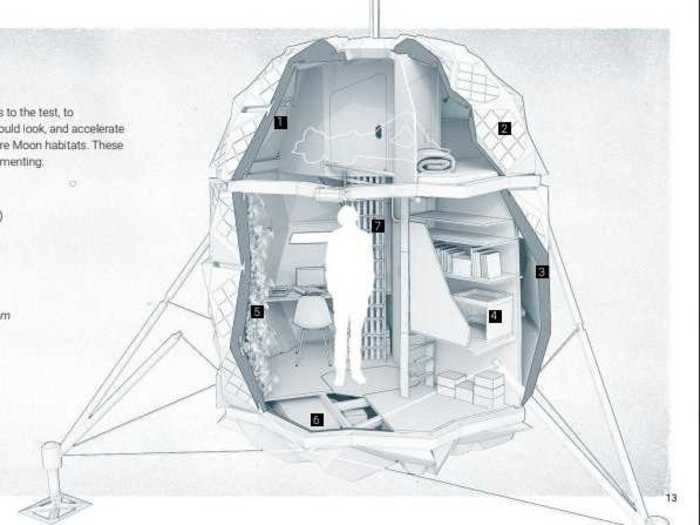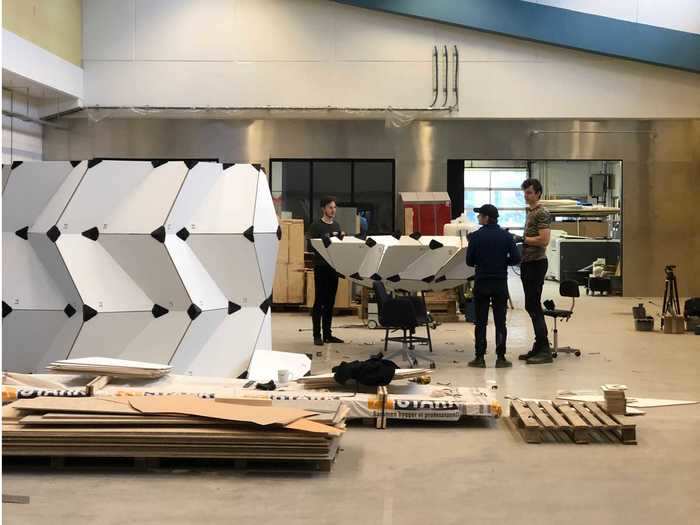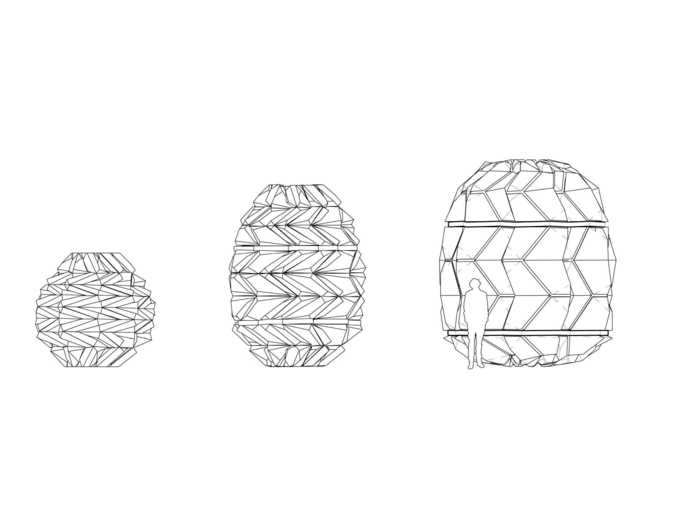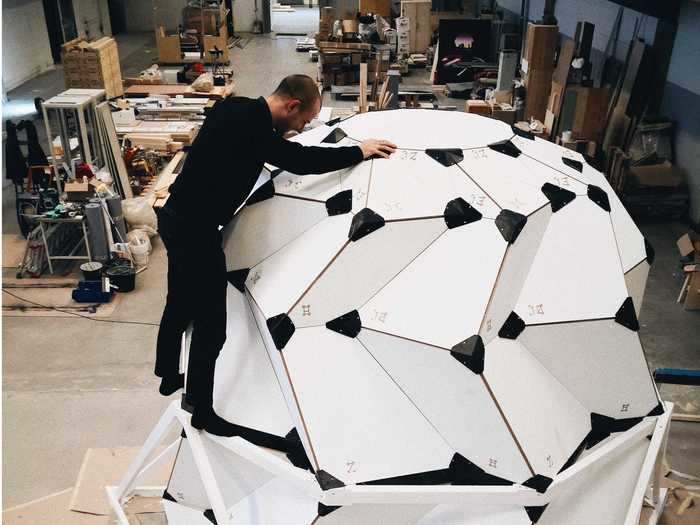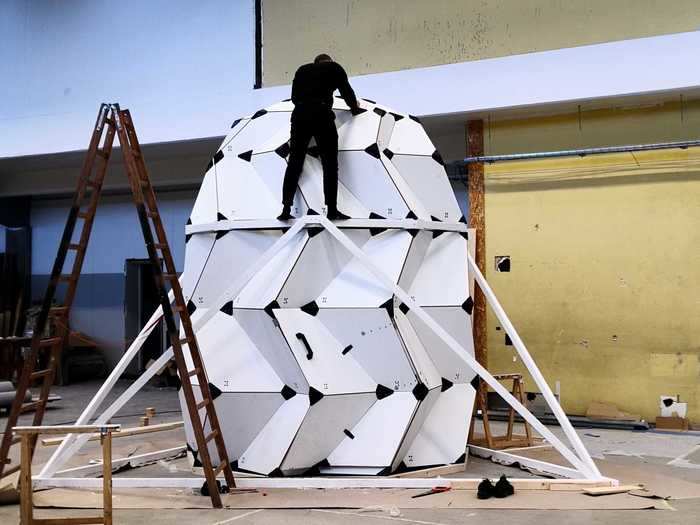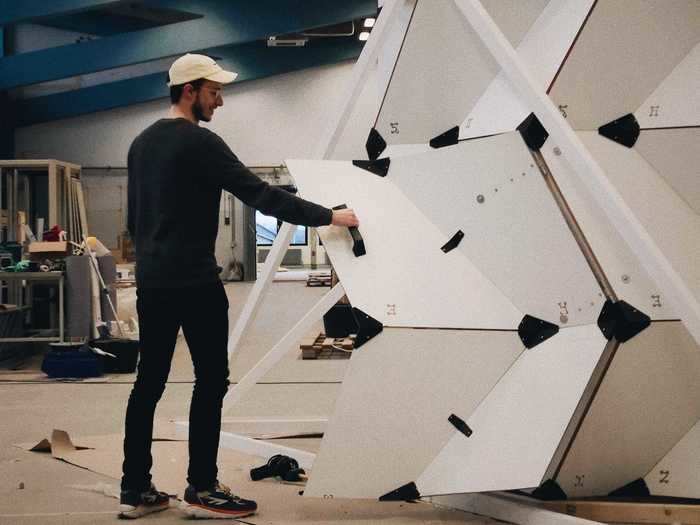Greenland lunar habitat.SAGA Space Architects
- A Danish architecture firm is building a prototype for eventual lunar habitation, asking "what does it take to live on the moon?".
- Two architects will live in the prototype for a three month simulated moon mission this fall.
- The test will take place in northern Greenland, which the architects determined was closest to conditions on the moon.
- Visit Business Insider's homepage for more stories.
Two space architects in Denmark are working on a prototype that could be used for future habitation on the moon.
Danish architects Sebastian Aristotelis and Karl-Johan Sorenson both attended the Royal Danish Academy School of Architecture and International Space University, where they won an award for a Mars habitat prototype. Now, their design firm SAGA, focuses on space and what they call "terra-tech," making space livable for humans.
Here's what the prototype is like.
Read the original article on
Business Insider
They will construct the habitat this summer, and start the three-month expedition in September.
The key to this experiment, according to the architects, is that it mimics some of the real stress of a moon mission. "So in order to properly understand how living on the Moon affects the body and mind, we need to feel the struggle to survive in the extreme reality north of the arctic circle," they said.
Finally, like the moon, Greenland doesn't have a typical cycle of day and night.
In northern Greenland, the astronauts won't have to pretend to be in a remote, extreme climate cut off from most of the world. It will be their reality.
The landscape is mostly bare and monotonous, much like the moon.
Architects chose northern Greenland because looks and behaves most like the moon's surface out of all habitats on Earth, so it carries similar challenges.
...or, in Greenland, a 1,400 lb polar bear.
The habitat must also be strong enough to withstand meteors...
Heavy insulation is also key for temperatures reaching -40 degrees Celsius, and winds up to 90 kilometers per hour.
Solar panels on the exterior are the most efficient way to power the habitat, both in Greenland and on the moon.
Though the interior has aspects of hygge, Danish cozy design, the outside has to withstand the harsh weather of Greenland, and eventually the lunar surface.
Architects said that they envisioned an "exterior like a tank, interior like home."
...and so does research from a Mars gravity simulator, which helped designers learn the ideal angle for stairs in different levels of gravity.
The idea for a collapsible design dates back to the earlier project for a Mars habitat...
Many aspects of the designs are adapted versions of earlier projects from the design studio.
They also developed what they call a digital twin to the habitat, which will use AI to predict maintenance and print replacement parts with the 3D printer onboard.
"We strongly believe that algae will play an important role in future space travel. It is resilient, highly photosynthetic, nutritious, and can absorb cosmic radiation" the architects told Business Insider.
The studio is adapting an algae reactor from an earlier project for the moon habitat.
They're developing a weather simulator to break up the monotony of space, so that one day astronauts might see a storm, and another day a rainbow.
Inside, they plan to make efficient use of space with a vertical farm.
It will have a circadian system to help people keep sleep patterns. The ceiling will slowly change color throughout the day to signal to inhabitants bodies that it's morning or evening.
The architects have also spent time thinking and experimenting about what shapes make most sense, questioning the idea that it must necessarily be a rounded "human fish bowl."
Though small, the space is divided into sections for sleeping, studying, and other aspects of normal life.
Inside, the team will also address some of the many challenges of isolating in a small space for a long period.
From compact to unfolded, the habitat expands its volume by 560%.
The benefit, though, is that the unfolding process allows the habitat to fit in a standard shipping container, or eventually, a rocket.
The main challenge of the origami design is translating it from thin paper to a thicker, insulated material.
They're investigating a technique using the principles of Japanese origami folding, which will be incorporated into reinforced folding panels on the habitat.
From January until June of this year, SAGA architects are working on the prototype and planning missions and experiments.
The team spent May through December 2019 planning and designing the prototype.

